While its competitors are concentrating on building out AR cloud platforms to give advanced AR capabilities to mobile apps, Ubiquity6 is taking a step in a different direction.
On Monday, the company opened its Display.land tool to the general public, following its "early access" launch back in September. The platform enables anyone to capture 3D digital maps of real-world places with just the standard camera of a smartphone or tablet. Moreover, the 3D scans are geotagged with centimeter precision.
A mobile app for iOS and Android facilitates the scanning of your environment. Once the environment is captured, users can upload the data to Ubiquity6's servers for processing. Once the results are ready, users can annotate the scene with hotspots or 3D effects through the app's editor mode.
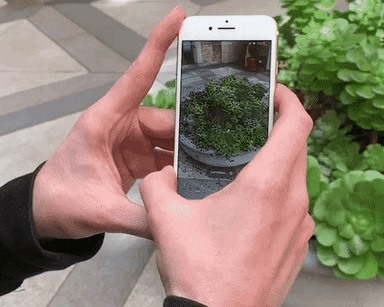
When users are happy with their edits, they can publish them, along with the options of sharing or hiding the GPS pins, as well as making the models public or private.
After publishing, the 3D models can be shared with others via a web link for viewing through a desktop or mobile browser (the file can also be downloaded). And, since Display.land supports the WebVR standard, users can explore those 3D scans via any VR or AR headset with a compatible browser. That means that the Magic Leap One and the HoloLens 2 can display the content in AR.
The platform itself also acts as a social sharing platform, sort of like an Instagram for 3D content. Through the app, users can browse others' creations, explore them in a guided tour via hotspots or in freeform with touch screen gestures, share content with others, like or comment on posts, and follow their favorite creators.


"Display.land is the world's first user-created destination of shared, persistent virtual spaces at 1:1 scale with the real world," said Anjney Midha, CEO and co-founder of Ubiquity6, in a statement. "Since launching in beta, we've seen the Display.land community map and share thousands of real-world spaces in over 50 countries, from graffiti-filled streets in Barcelona and coffee shops in Tokyo to secret gardens in London and underground bunkers in Sausalito. Every day, the people of Display.land learn new things about each others' cultures from around the globe by sharing the spaces they love."
I had the opportunity to briefly play around with Display.land during its early access phase. The process of capturing a 3D scene is like a mix between the ARKit/ARCore process of finding a horizontal surface to anchor content and capturing a panoramic photo, but with more walking around.
As users walk around their subject, a meter informs them of their progress. There's a minimum threshold for capturing a scene; this is where I would usually stop, and the results are inconsistent as a result.


However, in browsing the Display.land community, there are some truly breathtaking examples of the tool at work. One in particular, Sk8orDie by Valerio Paolucci, displays an empty-pool-turned-skateboarding-paradise in stunning detail, with every inch of graffiti (my favorite being the SLAYER logo) visible. Paolucci's annotations also describe the process of capturing the subject, acting as a guide for beginners.
And Display.land's community is an active one. Midha himself is perhaps the most active, among the first to follow me on the platform and definitely the first to compliment my first published model, a scan of a weight machine at my local gym. In less than 24 hours, that project was explored 16 times and received 12 likes and six comments. While this is likely a product of a small community, considering the early access phase before today, it is certainly the sign of an active, engaged community.
Sure, it's not exactly the AR cloud platform we expected when Ubiquity6 emerged from stealth, but it's actually a logical step toward that end-state. As users scan their environments, they create a digital copy of the world that is the foundation for multiplayer experiences, persistent content, and real-world occlusion. At the same time, Ubiquity6 is tapping into the growing 3D scanning market, growing space in which Jaunt enjoyed an exit via acquisition by Verizon after pivoting from VR to 3D scanning.


In an interview with Next Reality, Midha was hesitant to label Ubiquity6's technology as "AR cloud," though it does share some of the same properties. Instead, he views Display.land as a creative platform, and a photogrammetry solution with integrated SLAM tracking, which gives users real-world scale, rather than a developer's platform locked behind an SDK.
"Unlike the rest of tech in AR/VR, where people are like, 'let's build more technology,' I think our goal is 'let's build a product and an end-UX experience in 700 million people's hands, so that they can decide what they want to do directly.' It's not dependent on a bunch of other engineers or programmers to figure out how this becomes useful. From our perspective, to do that, you can't be AR-specific or VR-specific. You basically have to say, 'look, this is reality.' You've got the real world, [and] you've got the internet, [and] this is a way to merge the two. And we let you access this new merged layer from any device you own."
At the very least, with some practice, it's an interesting diversion with some creative possibilities. But it's also the first step in a possibly groundbreaking platform for AR creation.
Just updated your iPhone? You'll find new features for Podcasts, News, Books, and TV, as well as important security improvements and fresh wallpapers. Find out what's new and changed on your iPhone with the iOS 17.5 update.
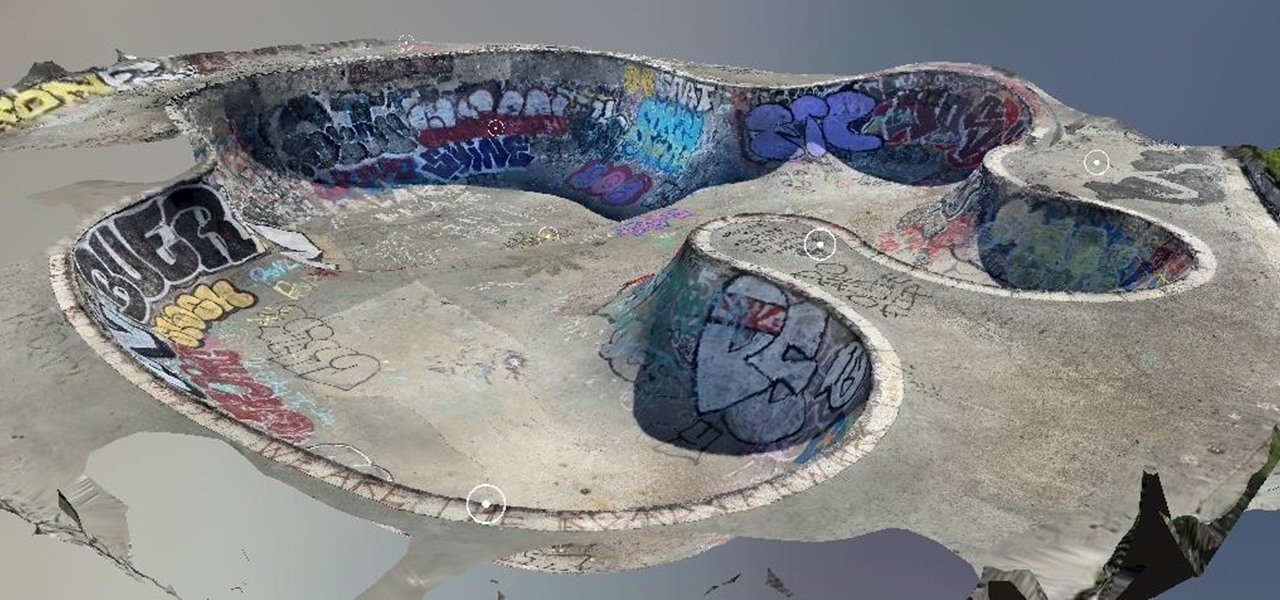



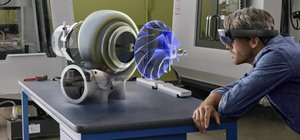
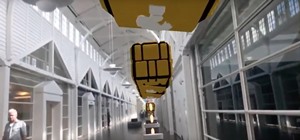
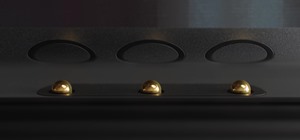








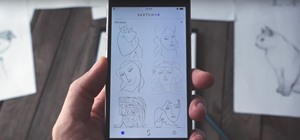








Be the First to Comment
Share Your Thoughts